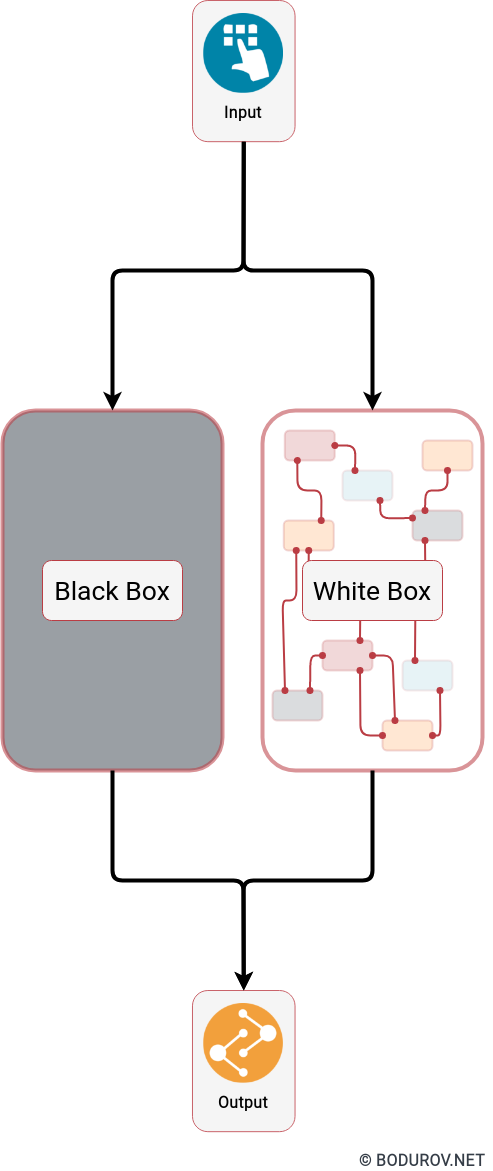The last article discussed the advantages and disadvantages of the Open Source software model. We even listed some uncomfortable truths regarding its economic viability and how it could be more expensive than many proprietary products. Despite being an Open Source zealot, I want to start with the statement that I still think proprietary software is sometimes better than Open Source ones. We can not compare my case with the average customer because I have spent the last 18 years working in IT – aka I want much more control over my system than the standard PC user. At the same time, when I can, I strongly avoid using proprietary software because I want to know what runs on my device or have the ability to review it if I wish. But let me list the good, the bad, and the ugly of using proprietary software:
The good
- Legal responsibility: Wishing or not proprietary software vendors are obliged by law in most countries to take care of their customers and the data coming with the usage of the software. And yeah, many governments try defending their citizens and their data.
- Better support: No one will pay for proprietary software if support is not included in the price. The difference to the Open Source vendors is that you receive some hours of first-level support with the cheapest plans, which is better than nothing.
- Centralization: Having a more centralized way of management has advantages such as faster development speed, faster decision-making process, and fewer intrigues.

The bad
- You should pay for it: One of the bad things regarding proprietary software is that people should pay for it. And the main problem is not the cost but businesswise; when you are using something you don’t have access to, you introduce a critical business dependency. What happens if suddenly this software vendor disappears?
- Closed ecosystem: Decisions are made by the company’s owners producing the software. Customers usually do not have control or involvement in feature design and implementation.
- More complicated collaboration: If two companies want to work together, they should sign a contract, and by signing this contract, they “decide” how their partnership will happen. By not having a ready-for-use framework, lawyers must review every agreement and make sure that both sides are happy with it.
The ugly
- Sometimes less secure: Proprietary software has the same security problems as Open Source software. Many hackers are pretty adept in reverse engineering and finding security holes. Additionally, proprietary vendors must pay for security audits and could not rely on an ecosystem of hardcore software engineers to do that for them.
- Lousy support for smaller customers: The bigger a software vendor becomes, the lousier its support becomes for its small customers. And this equals them to the Open Source software vendors without support for their free plans. And yeah, there is a reason for the number of jokes regarding the quality of support provided by given operating systems manufacturer :-).
- Weaker legal defense: The bigger a software vendor becomes, the more legally powerful it is. And this leads to fewer opportunities for its small customers to search for justice. Usually, the side with the bigger pool of resources is the winning one in legal battles.
In conclusion, there is no significant difference between proprietary and Open Source software models. The only meaningful difference is that customers could legally claim stuff easily from smaller proprietary vendors. However, once the vendor becomes too big, they hire better lawyers, and experienced lawyers are pretty good at defending corporate interests. Other than that, the tradeoff for the end customer is first-level support versus free usage.







